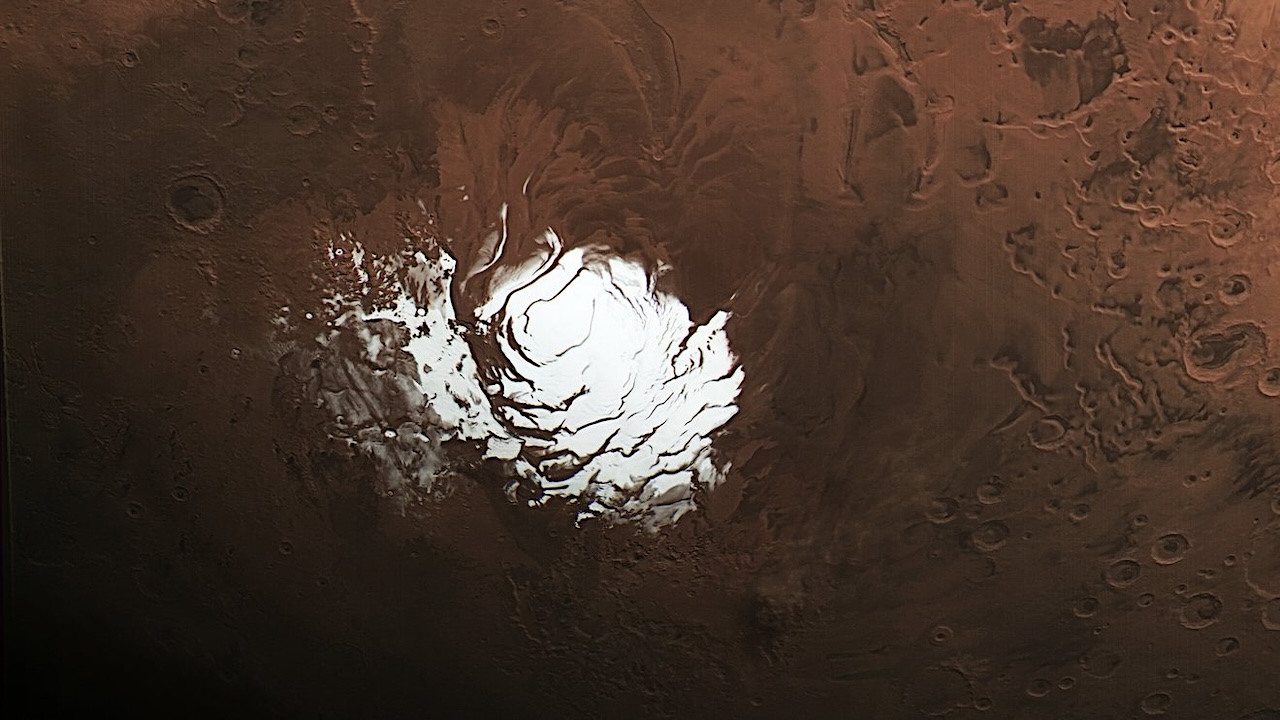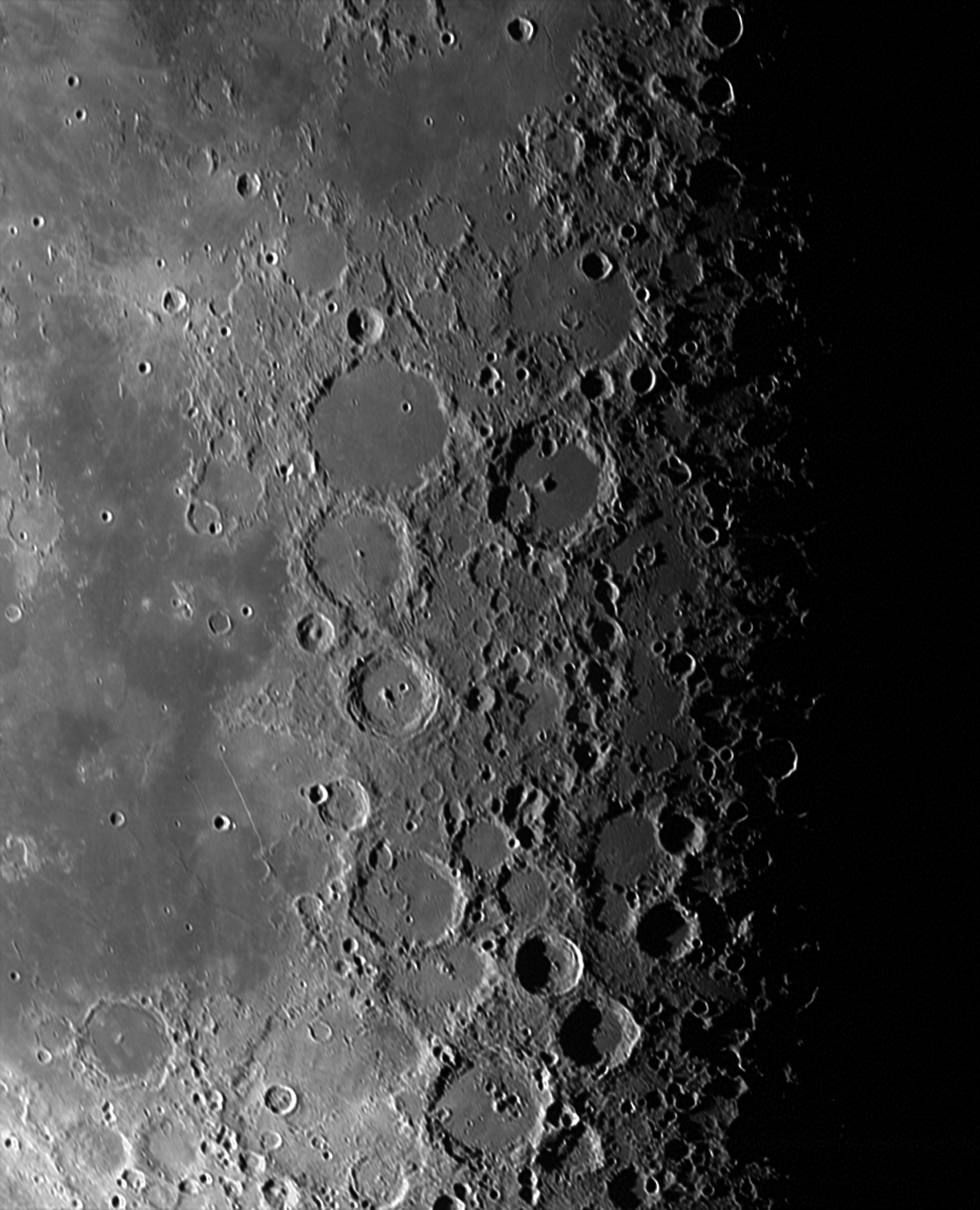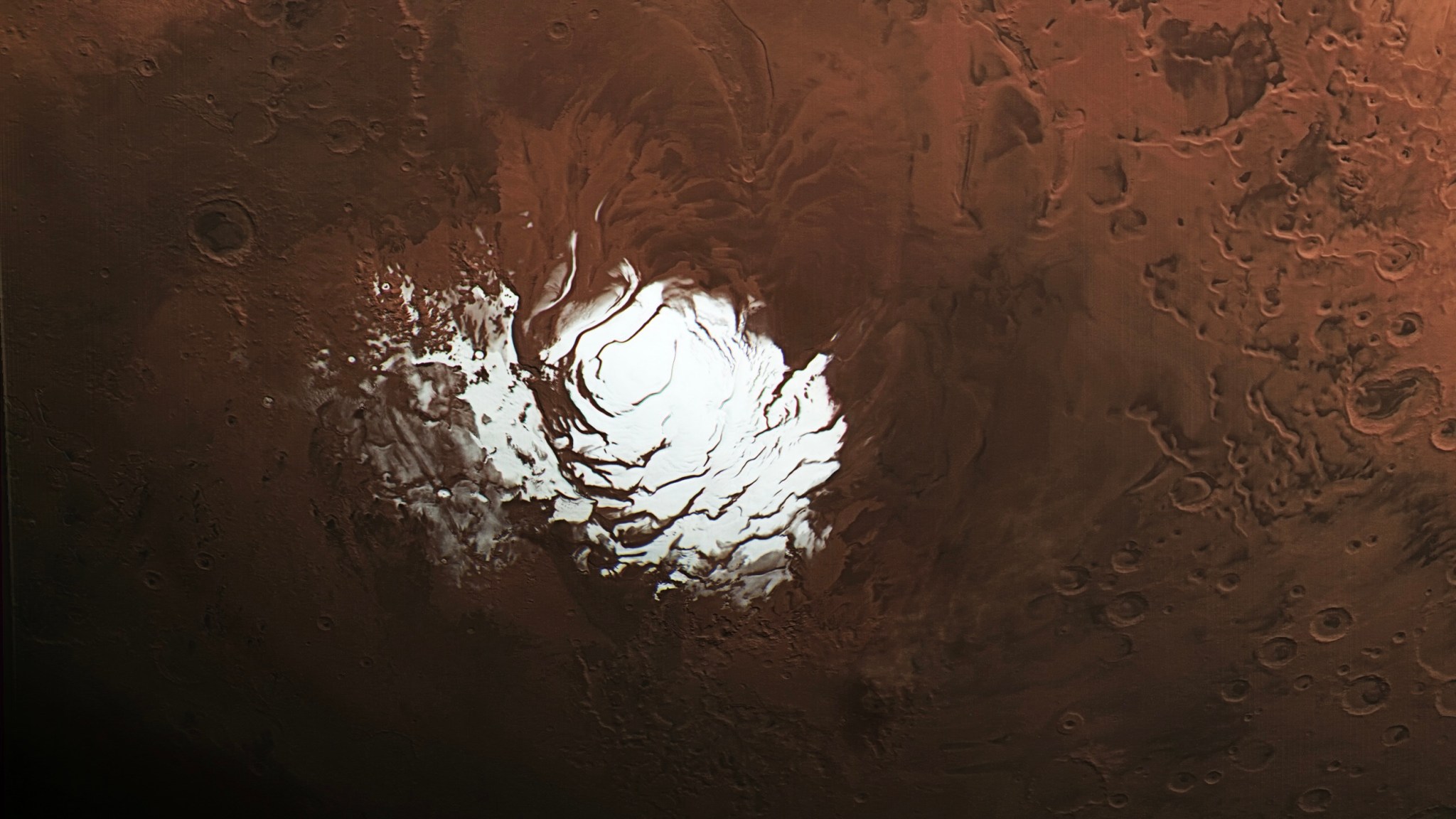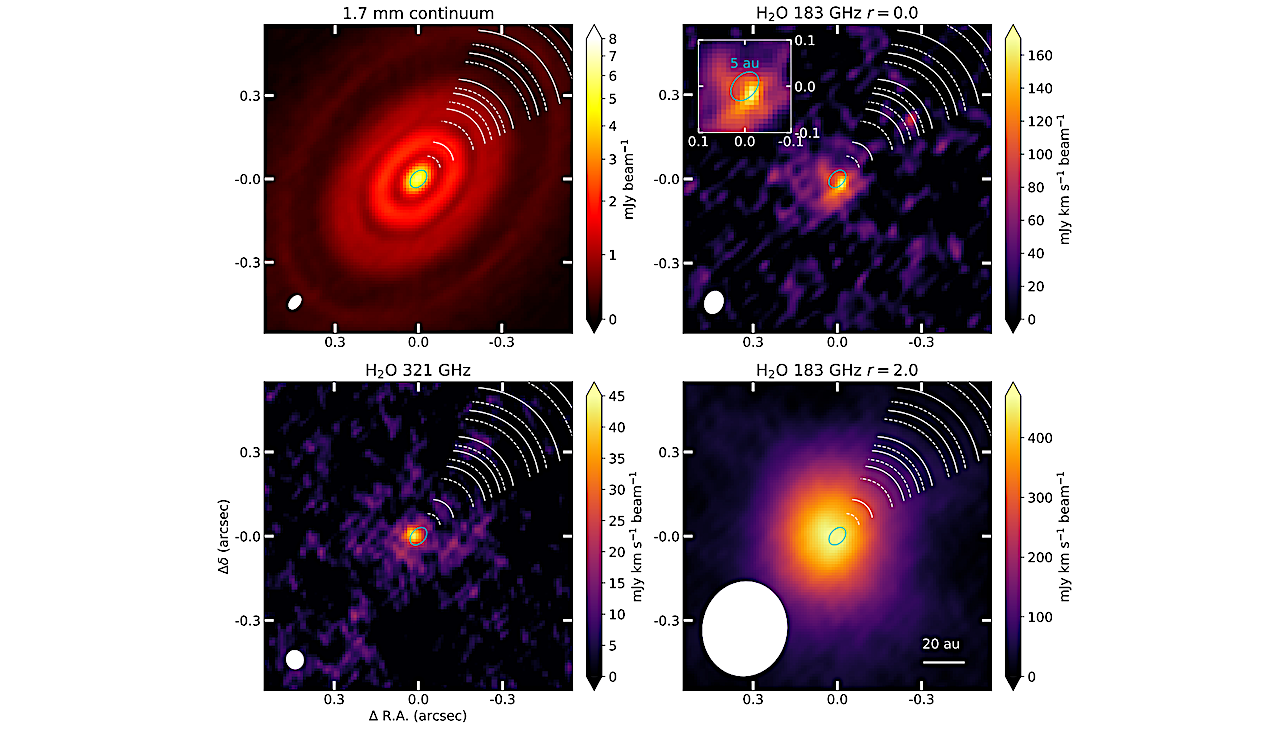The European Space Agency’s Mars Express orbiter captured this view of Mars’ south polar ice cap Feb. 25, 2015. Three years later, the spacecraft detected a signal from the area
NASA’s Lucy spacecraft captured images of the Moon’s surface on Oct 16, 2022, after flying by the Earth for its first of three gravity assists. Crater rims are vital landmarks
CHAPEA mission 2 crew members (from left) Ross Elder, Ellen Ellis, Matthew Montgomery, and James Spicer pose in front of the door to the simulated Martian landscape for their first
5 min read Preparations for Next Moonwalk Simulations Underway (and Underwater) The European Space Agency’s Mars Express orbiter captured this view of Mars’ south polar ice cap Feb. 25, 2015.
An “elve” lasts for less than a thousandth of a second. (Image credit: Valter Binotto) For a split second over northern Italy, the night sky erupted with a colossal glowing
Three Chinese astronauts finally have a reliable way to get home from orbit. The uncrewed Shenzhou 22 spacecraft arrived at Tiangong space station today (Nov. 25) at 2:50 a.m. EST
Irvine, Calif., November 25, 2025 — Terran Orbital Corporation is pleased to announce that Cheryl Paquete has joined the company full-time as Chief Financial Officer, transitioning from her previous temporary
When last year’s solar superstorm “Gannon” slammed into Earth, it not only painted the sky with beautiful auroras, but also shrunk one of the planet’s protective layers to just one-fifth
Thanksgiving is all about family, so the sentiment goes, but what happens when you need a break? Put these Nikon Prostaff P3 8×42 binoculars into your bag or pocket and
ALMA Band 5 images of the HL Tau disk and the 321 GHz H2O line. The continuum (top left) and the JvM-corrected integrated intensity maps of the H2O line at
-
 012024 in Review: Highlights from NASA in Silicon Valley
012024 in Review: Highlights from NASA in Silicon Valley -
 02Panasonic Leica Summilux DG 15mm f/1.7 ASPH review
02Panasonic Leica Summilux DG 15mm f/1.7 ASPH review -
 03How New NASA, India Earth Satellite NISAR Will See Earth
03How New NASA, India Earth Satellite NISAR Will See Earth -
 04And Thus Begins A New Year For Life On Earth
04And Thus Begins A New Year For Life On Earth -
 05Astronomy Activation Ambassadors: A New Era
05Astronomy Activation Ambassadors: A New Era -
06SpaceX launch surge helps set new global launch record in 2024
-
 07Space Force plans new ‘Futures Command’ amid pressure to speed up modernization
07Space Force plans new ‘Futures Command’ amid pressure to speed up modernization














